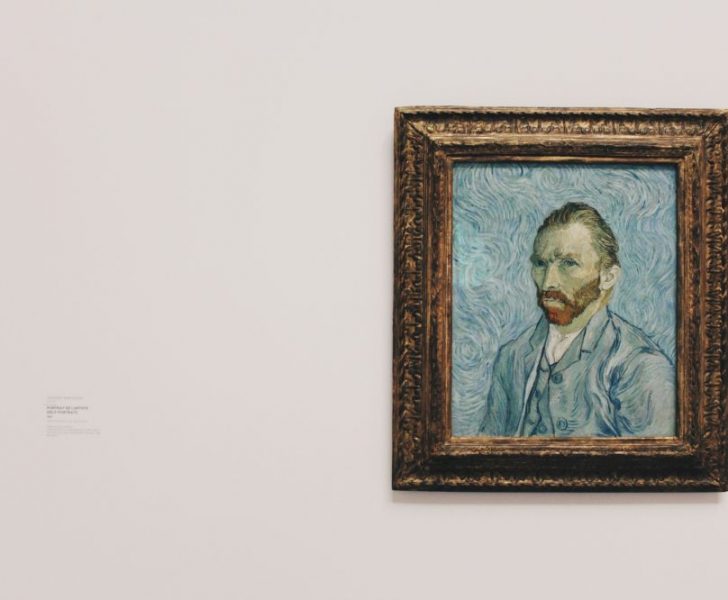”Museums in London: A Comprehensive Exploration of Cultural Experiences”

Museums in London: A Comprehensive Exploration of Cultural Experiences
Introduction:

London, a city steeped in culture, history, and artistic richness, boasts a vibrant museum scene that attracts millions of visitors each year. With a diverse range of museums, from world-renowned institutions to hidden gems, the capital city offers a plethora of opportunities for those seeking enriching experiences. This article aims to provide a thorough overview of museums in London, presenting their types, popularity, and unique characteristics.
An Overview of Museums in London
London is an epicenter of global art and history, housing a wide array of museums that cater to diverse interests. From art aficionados to history buffs, there is something for everyone. The city’s museums can be categorized into different types, including art museums, history museums, science museums, and special interest museums.
Types and Popularity
1. Art Museums:
London is home to world-famous art museums, such as the British Museum, Tate Modern, and Victoria and Albert Museum. These institutions showcase masterpieces from various periods, including ancient artifacts, Renaissance art, and contemporary works. Their popularity stems from the wealth of artistic treasures they hold and the immersive exhibitions they curate.
2. History Museums:
Museums like the Natural History Museum, the Imperial War Museum, and the Museum of London delve into the history of the city and provide educational exhibits on subjects ranging from natural sciences to military conflicts. These museums attract history enthusiasts who seek a deeper understanding of London’s past.
3. Science Museums:
London’s science museums, such as the Science Museum and the Wellcome Collection, offer interactive displays, hands-on experiments, and engaging workshops. Combining education with entertainment, these museums engage visitors of all ages by exploring scientific discoveries and technological advancements.
4. Special Interest Museums:
London also hosts an array of specialty museums that cater to specific interests. These include the Sherlock Holmes Museum, dedicated to the iconic detective; the Design Museum, focused on contemporary design; and the Museum of the Mind, delving into psychiatry and mental health. These unique museums cater to niche audiences seeking in-depth exploration of their passions.
Quantitative Measurements
To understand the scale and impact of museums in London, let’s explore some quantitative measurements:
1. Annual Visitors:
London’s major museums receive millions of visitors annually. For instance, the British Museum welcomed over six million visitors in 2019, making it one of the most visited museums globally.
2. Exhibition Space:
London’s museums boast vast exhibition spaces to showcase their collections. The Tate Modern boasts over 34,000 square meters of display area, making it one of the largest contemporary art museums in the world.
3. Collection Size:
The British Museum houses approximately eight million objects encompassing art and artifacts from various civilizations and time periods. This vast collection ensures that visitors have an extensive range of exhibits to explore.
4. Online Engagement:
London’s museums have embraced the digital era, engaging audiences worldwide through online platforms. Some museums offer virtual tours, interactive websites, and educational resources, which have become particularly valuable during the COVID-19 pandemic.
Differences Among Museums in London
While each museum in London offers a unique experience, there are notable differences that set them apart:
1. Architecture and Location:
Museums in London exhibit a variety of architectural styles, from historic buildings to contemporary designs. For example, the Natural History Museum’s grand Romanesque Revival architecture contrasts with the sleek modernity of the Tate Modern’s former power station location.
2. Collection Focus:
Each museum has a distinct collection focus. The National Gallery emphasizes Western European art, while the Design Museum showcases contemporary design from around the world. These focused collections appeal to visitors with specific interests.
3. Interactivity and Multimedia:
Some museums prioritize immersive experiences, utilizing multimedia installations, interactive exhibits, and audiovisual displays. The Science Museum, for example, offers interactive experiments, making it a favorite among families and science enthusiasts.
A Historical Perspective on the Pros and Cons of Museums in London
Throughout history, museums in London have evolved, facing both advantages and challenges. Let’s explore some key points:
1. Advantages:
– Preservation of Cultural Heritage: Museums safeguard invaluable artifacts, artworks, and historical documents, ensuring their preservation for future generations.
– Educational Opportunities: Museums provide educational resources, workshops, and programs, fostering learning and expanding knowledge.
– Research and Scholarship: London’s museums support research and scholarship, contributing to academic and cultural advancements.
– Tourism and Economic Impact: Museums attract tourists, contributing to the local economy through ticket sales, merchandise, and related industries.
2. Challenges:
– Accessibility: Some museums face challenges regarding accessibility, whether physical barriers or lack of inclusive programming and resources.
– Funding and Maintenance: Museums rely on funding and maintenance support, with budget constraints sometimes limiting their operations and ability to enhance visitor experiences.
– Keeping Pace with Technology: Museums need to adapt to technological advancements to engage visitors effectively and leverage digital platforms for wider reach.
In conclusion, London’s museums offer a rich tapestry of cultural experiences, captivating visitors with their diverse collections, historical significance, and engaging exhibitions. From art to science, history to specialty interests, these institutions continue to enthrall and educate audiences from around the world. Whether exploring the British Museum’s ancient treasures or immersing oneself in the contemporary art scene at the Tate Modern, London’s museums present a plethora of opportunities for unforgettable experiences.











